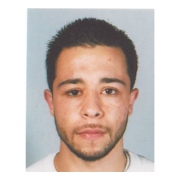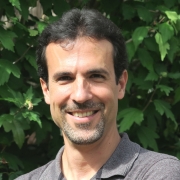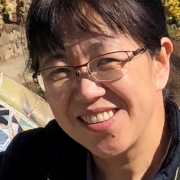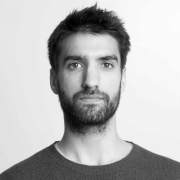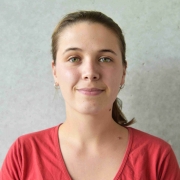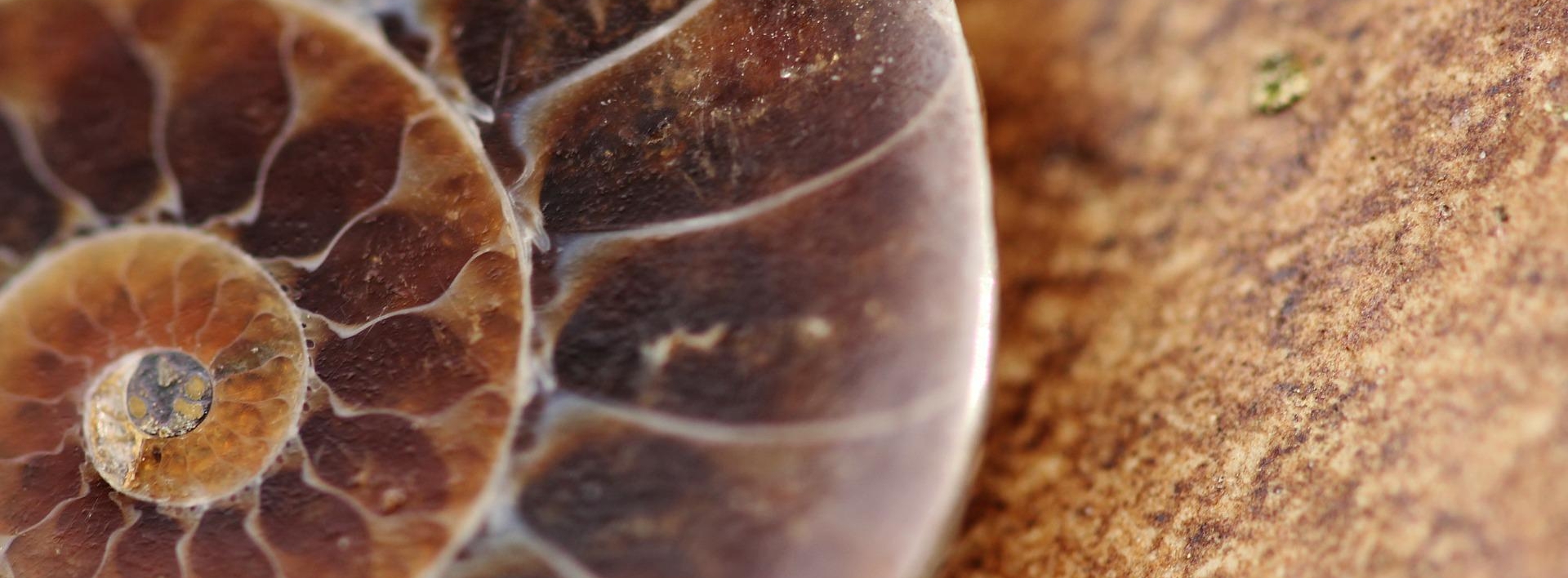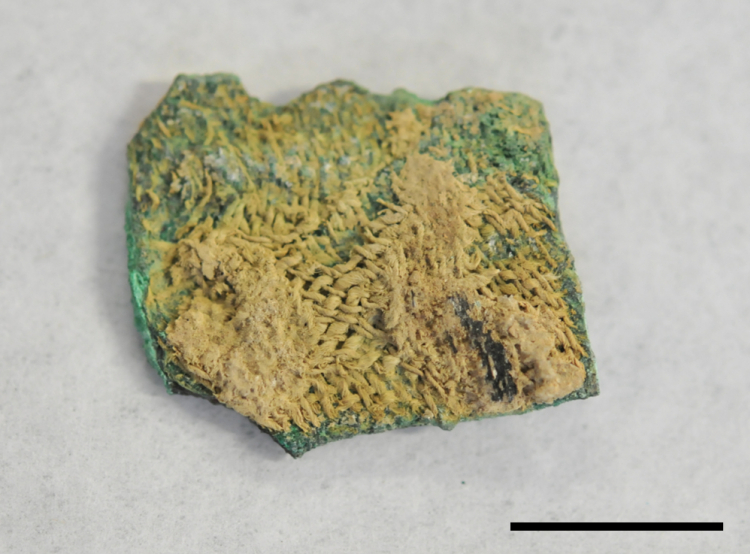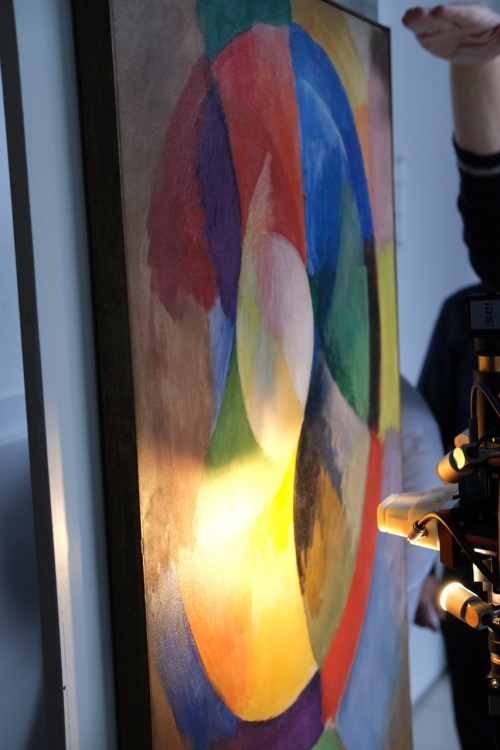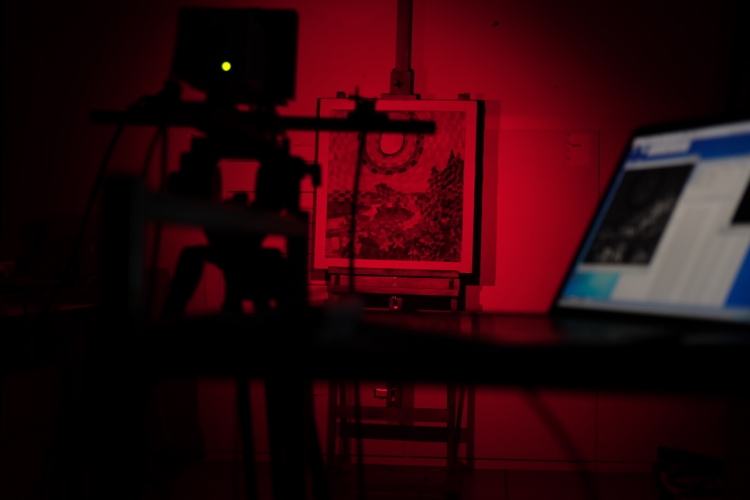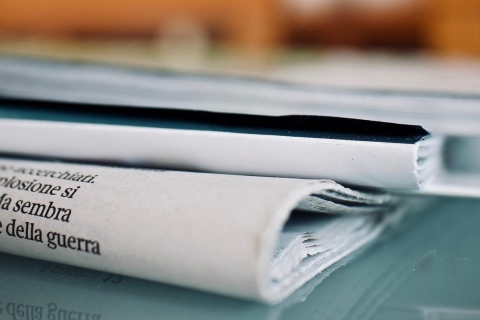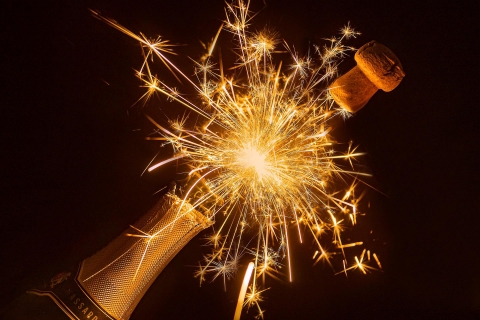Theme G: ancient and paleo-inspired materials
Built on interdisciplinary partnership, the work gathers research teams with complementary expertize in the study of the objects, their history and the development of methodologies linked to their analysis. The research associates to material chemistry and ancient processes problems, the development of innovative analytical approaches (photoluminescence, synchrotron X-ray speciation, high definition imaging) coupled to statistical analysis of data. These methods find applications in the study of heritage objects and beyond.
Ancient organic traces (L. Bertrand)
The objective is to develop analytical methods to characterize organic remains present in ancient specimens starting from novel imaging techniques. The developed methods rely on the coupling of chemical characterization with statistical analysis of spectral images: photoluminescence imaging and spectroscopy, inelastic spectroscopies and X-ray Raman, quantitative X-ray microtomography. Current research is focused on archeological mineralized fabrics remains, fossil specimen coming from natural history collections and organic compounds present in small quantities in art objects.
Formulation chemistry in arts (V. Gonzalez, L. Bertrand, R. Métivier, J.-F. Audibert)
This research theme aims at the chemical study of the production method of ancient pictorial matter as well as its evolution over long period. Ancient pictorial layer, which are composite systems comprising notably an organic binder and inorganic pigment or dye, is probed at multi scale. The work includes the development of innovative analytical methods based on the combination X-ray and UV-visible techniques. The use of synchrotron radiation allows high-resolution chemical imaging of micro-samples while portable instruments are used to characterize artistic practices and in situ alteration of paintings directly in museums.
Paleo-inspiration and green restoration processes (C. Reynaud, L. Bertrand, J. Xie, R. Métivier)
The theme aims to explore the prospective impact of work on ancient materials. Paleo-inspiration covers the identification of exceptional physico-chemical properties present in historical systems (durability, colorimetry, etc.) or in the associated processes (synthesis, alteration). The identification of the mechanisms at the origin of these properties allows to suggest new materials or processes inspired by heritage systems. In addition, environmental and public health concerns are leading to work aimed at preserving heritage works and objects with materials and processes that have a lesser impact on the environment.
National collaborations
- Agnès Desolneux (Centre Borelli, Université Paris-Saclay)
- Mathieu Thoury, Serge Cohen, Pierre Gueriau (Laboratoire IPANEMA, Université Paris-Saclay)
- Stéphanie Elarbi (Centre Pompidou)
- Andrew King, Jean-Pascal Rueff, Sebastian Schoeder (Synchrotron SOLEIL)
- Christoph Sahle, Alessandro Mirone, Marine Cotte (ESRF)
- Gilles Wallez (IRCP Chimie ParisTech)
International collaborations
- Uwe Bergmann (Université Wisconsin-Madison, USA)
- Ilaria Bonaduce (Université de Pise, Italie)
- Ineke Joosten, Art Proaño Gaibor (RCE, Pays-Bas)
- Katrien Keune (Université d’Amsterdam, Pays-Bas)
- Koen Janssens (Université d'Anvers, Belgique)
Research contracts
• Projet Horizon Europe GoGreen (Commission européenne)
• Projet PrPHD (Région IDF, Société Novitom)
• Marie-Curie Cofund ParisRegionFP (Commission Européenne)
• Collaborating Center AIEA
• DIM Patrimoines Matériels : Innovation, Expérimentation et Résilience (PAMIR), Région Île-de-France
Theme manager
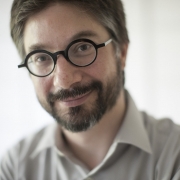
Members
